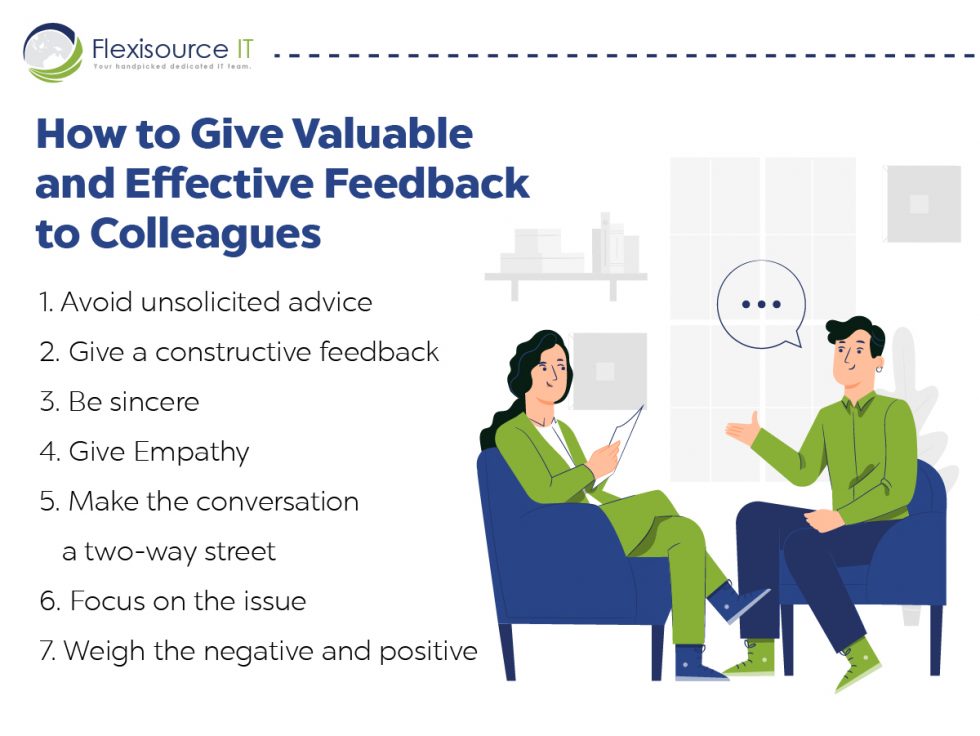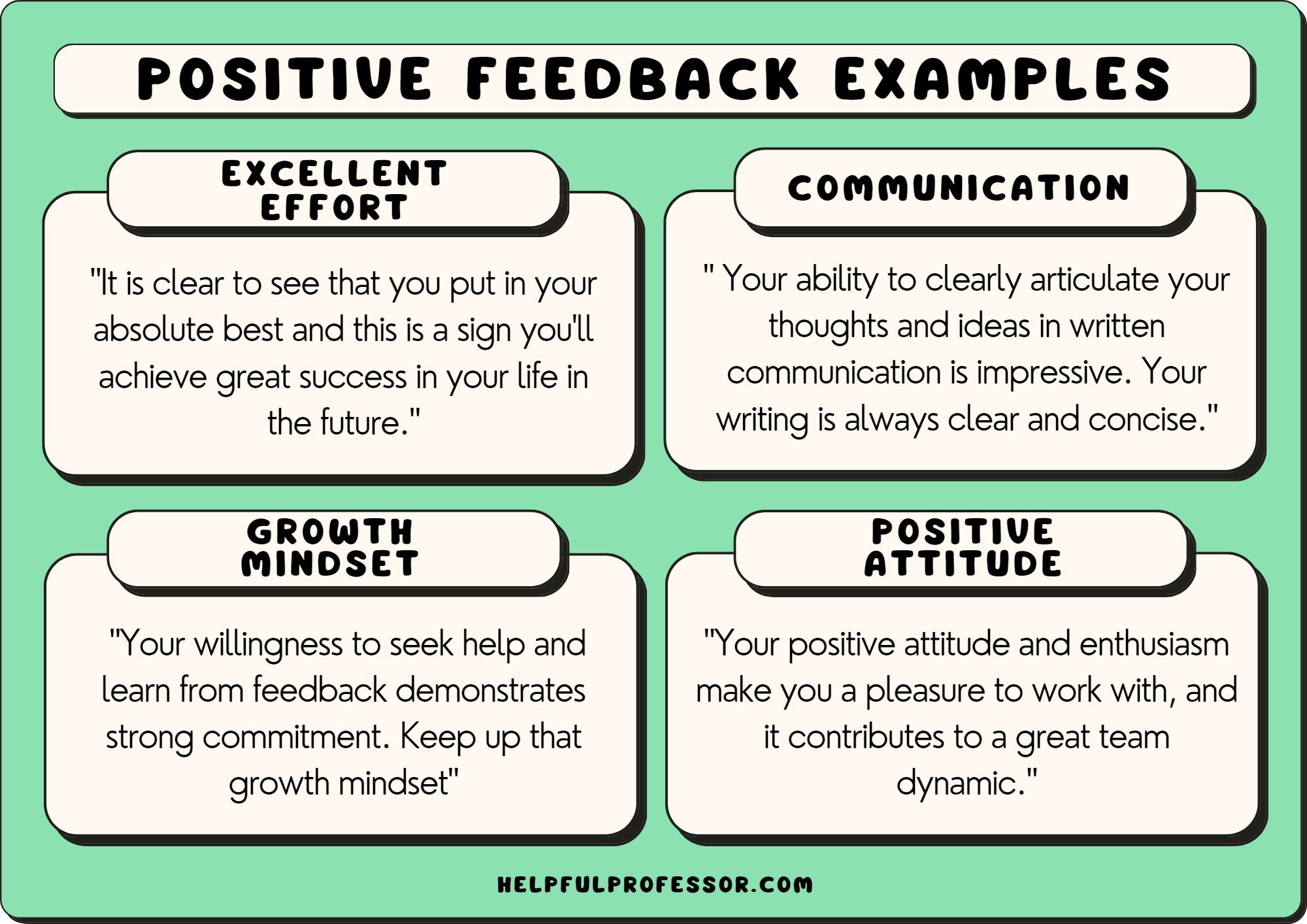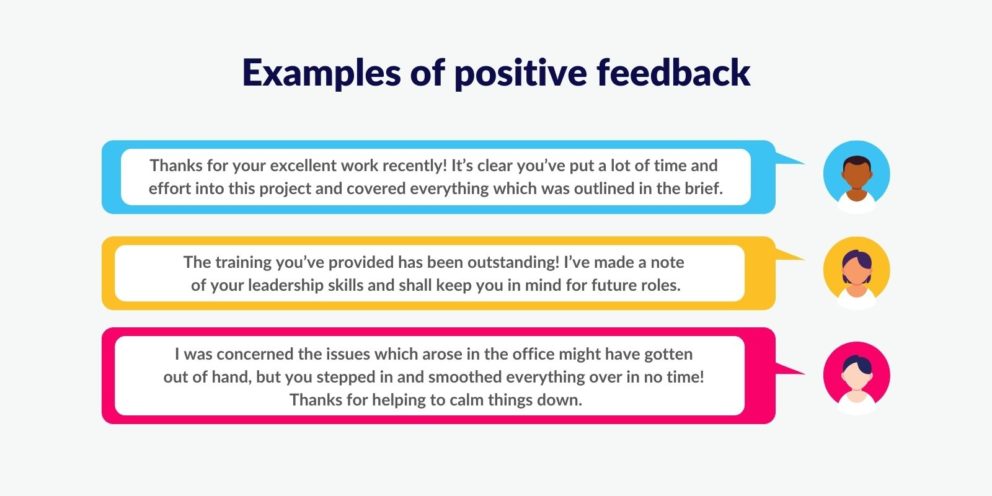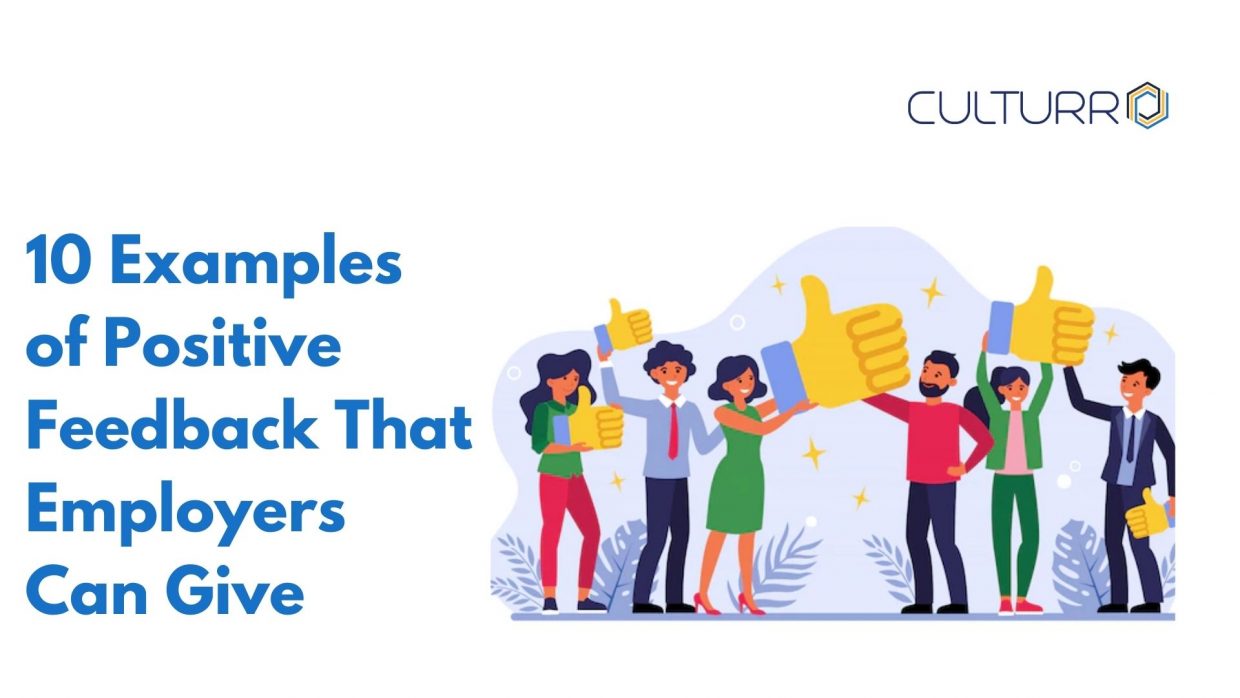Providing Positive Feedback On A Colleague

The modern workplace, often a crucible of deadlines and high-pressure environments, can inadvertently neglect a crucial element of success: positive feedback. While constructive criticism is vital for growth, the deliberate act of acknowledging and celebrating colleagues' accomplishments is frequently overlooked, potentially stifling morale, productivity, and overall team cohesion. Recent studies suggest a direct correlation between regular positive reinforcement and increased employee engagement, prompting a reevaluation of feedback practices across industries.
At its core, providing positive feedback is about more than just saying "good job." This is not only a morale booster but also to reinforce desired behaviors and contribute to a more supportive and motivated work environment.
The Power of Positive Reinforcement
Numerous studies highlight the profound impact of positive feedback. According to a 2023 report by Gallup, employees who receive regular positive reinforcement are significantly more likely to be engaged at work. Engaged employees demonstrate higher levels of productivity, creativity, and commitment to their organizations.
The same study also showed a lower rate of absenteeism and staff turnover.
Conversely, a lack of recognition can lead to feelings of undervaluation and disengagement, potentially resulting in decreased performance and increased employee attrition.
Beyond the Performance Review
While formal performance reviews offer a structured opportunity for feedback, relying solely on these infrequent evaluations can be insufficient. "Positive feedback should be an ongoing process, not just a once-a-year event," states Dr. Anya Sharma, an organizational psychologist specializing in workplace dynamics. Daily or weekly small positive comments can have a long term effect.
Informal channels, such as a quick email acknowledging a successful project contribution or a verbal expression of appreciation during a team meeting, can have a surprisingly powerful effect. These small gestures can foster a culture of recognition and encouragement, promoting a more positive and collaborative work environment.
Giving Effective Positive Feedback
The key to delivering impactful positive feedback lies in its specificity and authenticity. Vague statements like "you're doing a great job" lack the precision needed to truly resonate. Instead, focus on specific behaviors, actions, and achievements.
For example, rather than saying "good presentation," try, "Your presentation on the Q3 sales figures was exceptionally well-structured and engaging. I particularly appreciated how you incorporated visuals to illustrate the key trends." Specificity provides clarity and reinforces the behaviors that are being recognized.
It’s also important that the sentiment is genuine. Employees can spot insincerity.
Tailoring Feedback to the Individual
Consider individual preferences when delivering positive feedback. Some employees may thrive on public recognition, while others may prefer a private acknowledgment. A 2022 survey by Quantum Workplace found that younger employees (Gen Z and Millennials) tend to value public recognition more than older generations.
Understanding your colleagues' preferences can ensure that your feedback is received in the most impactful way.
Paying attention to communication styles is just as important. For introverted colleagues, a written note might be preferable, while extroverted individuals might appreciate a verbal acknowledgment in a group setting.
Addressing Challenges and Obstacles
Implementing a culture of positive feedback is not without its challenges. Some managers may feel uncomfortable giving praise or struggle to identify specific instances of commendable performance. Bias can also play a role, with certain employees or demographics receiving more recognition than others.
To overcome these obstacles, organizations can provide training on effective feedback techniques and promote awareness of unconscious biases. Regular feedback from employees about their experiences with recognition can also help identify areas for improvement.
The organization should actively cultivate a fair and equitable feedback system.
The Future of Feedback
The trend toward more frequent and personalized feedback is likely to continue. Emerging technologies, such as AI-powered feedback platforms, are being developed to provide real-time insights into employee performance and automate the delivery of positive reinforcement. Organizations are exploring feedback and recognition opportunities as well, making use of new approaches to foster employee growth.
Ultimately, cultivating a workplace where positive feedback is valued and consistently practiced can lead to increased employee engagement, productivity, and overall organizational success. Focusing on the positive is not just a feel-good initiative; it's a strategic investment in human capital.










![Providing Positive Feedback On A Colleague How to Give Best Constructive Feedback to Your Employees [+Examples]](https://semoscloud.com/wp-content/uploads/2020/10/constructive-feedback-examples.png)







